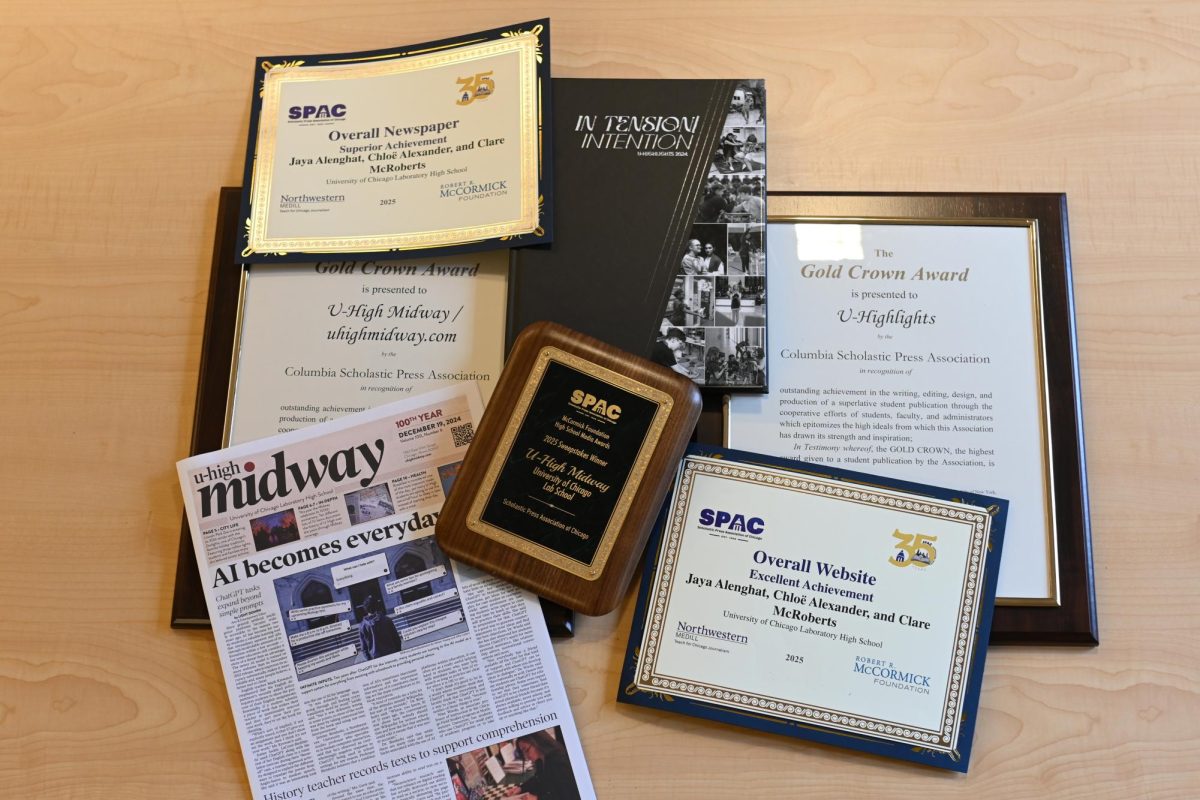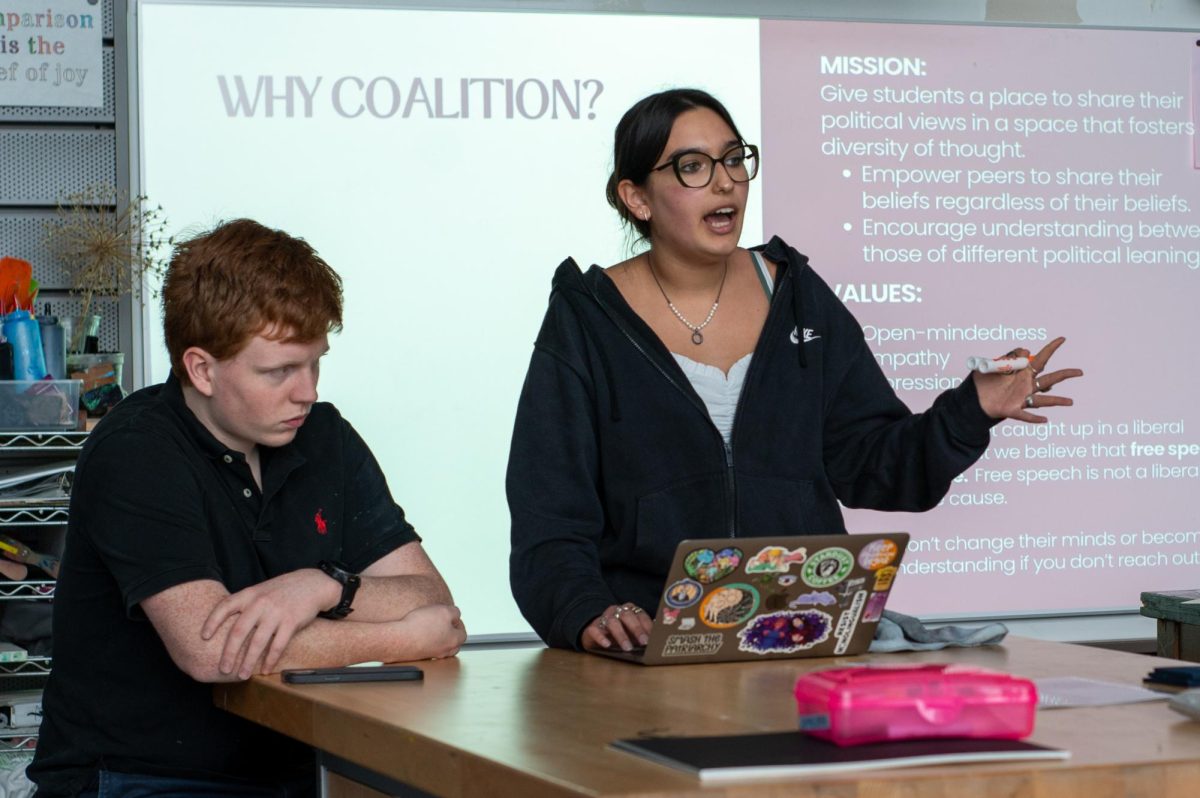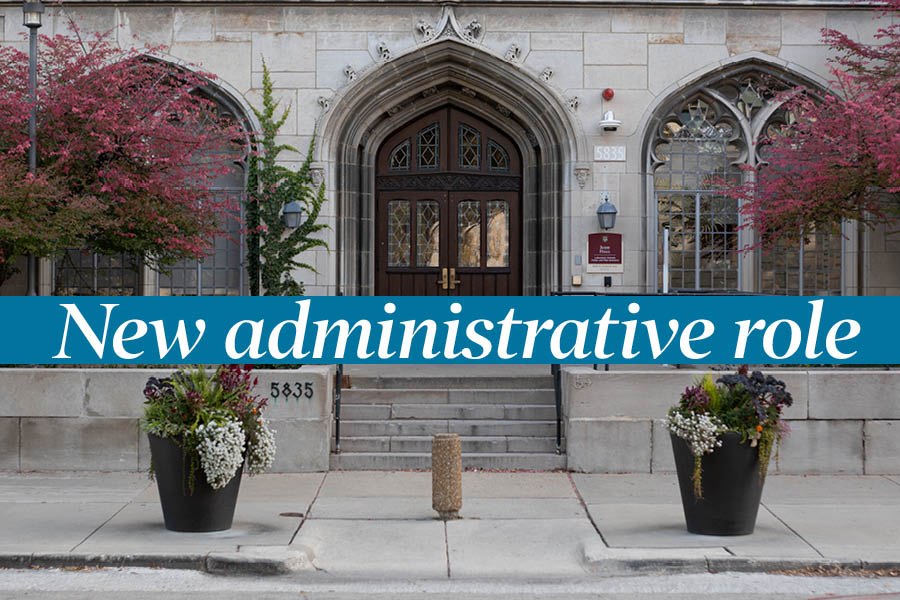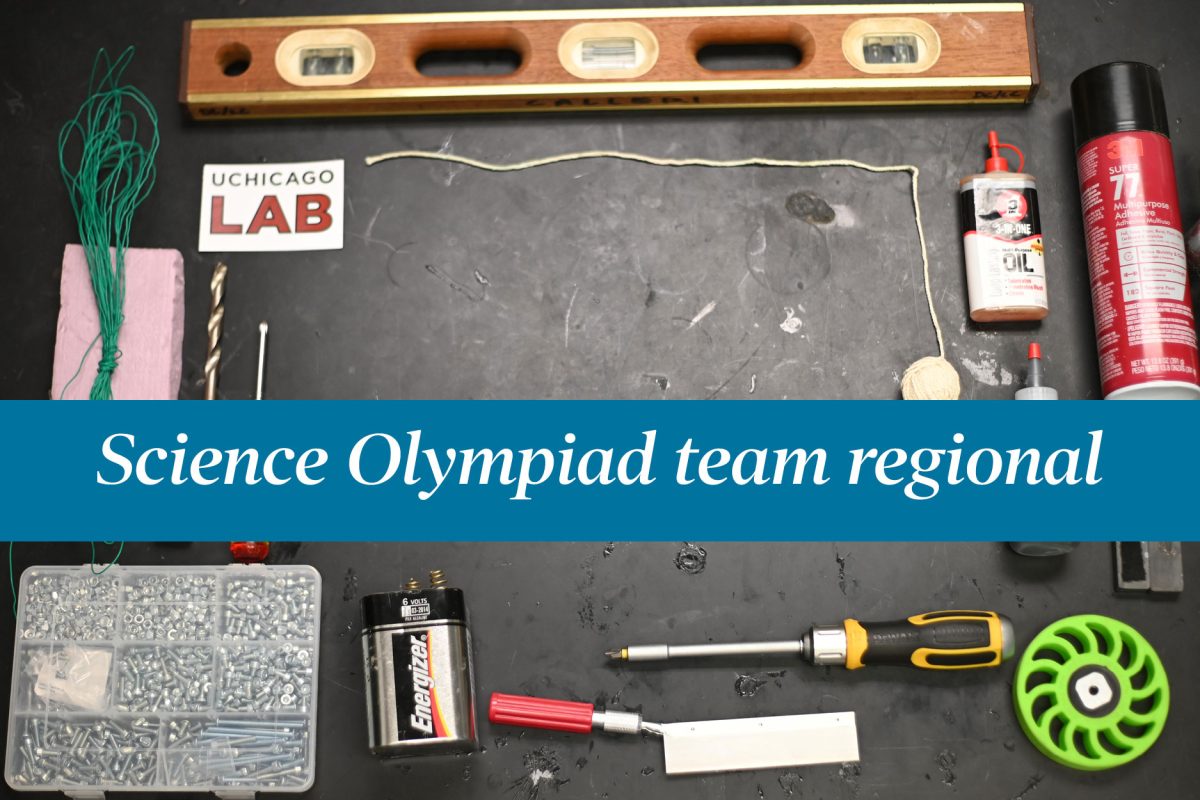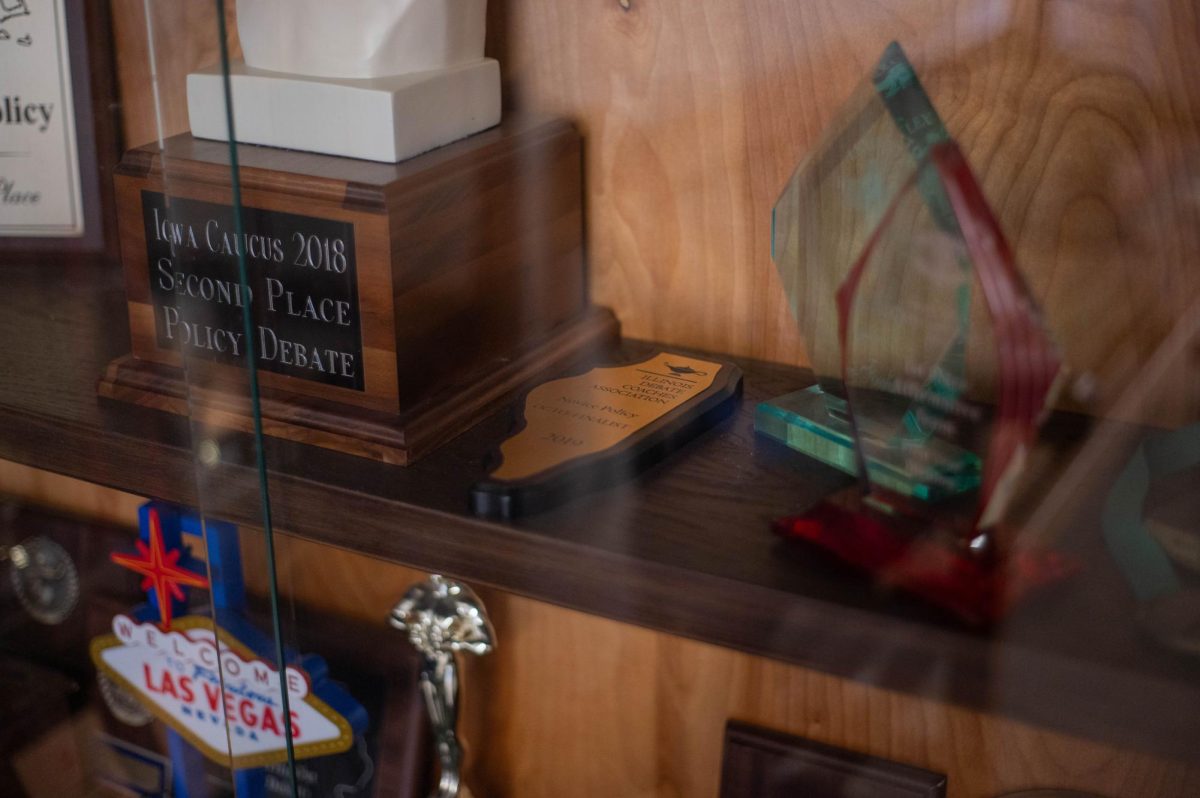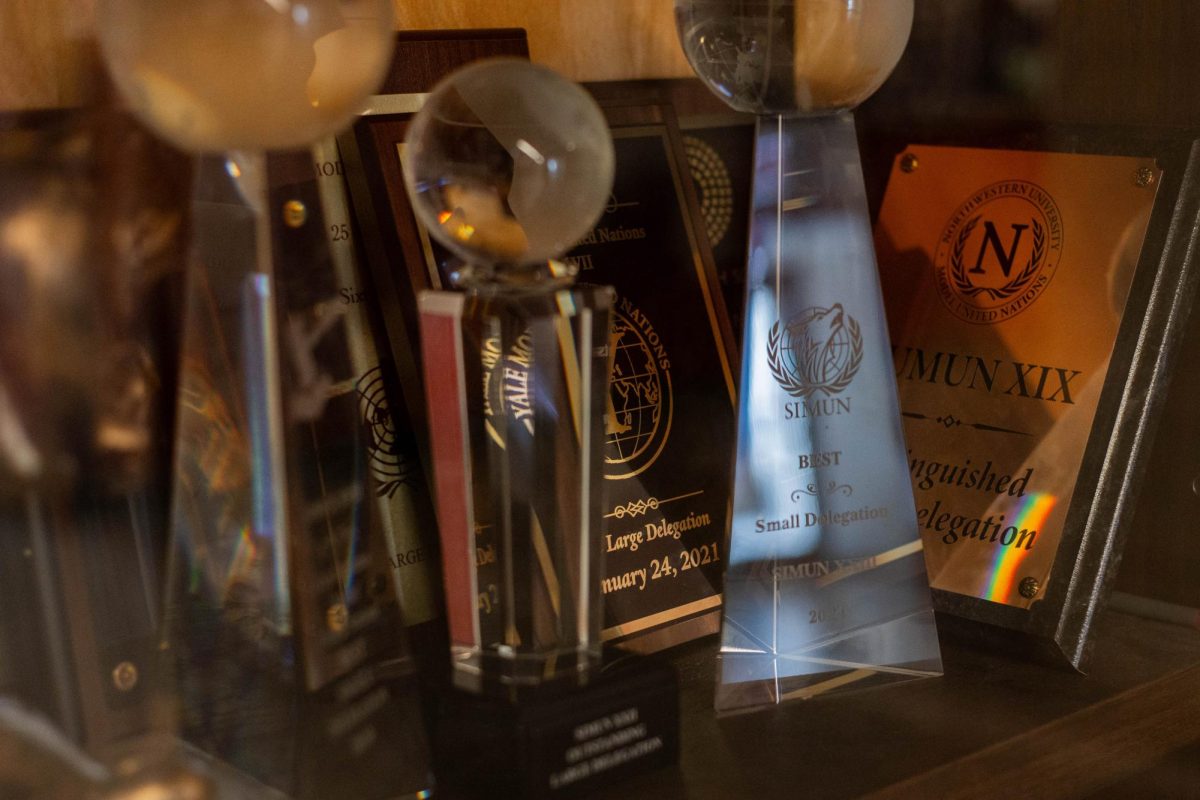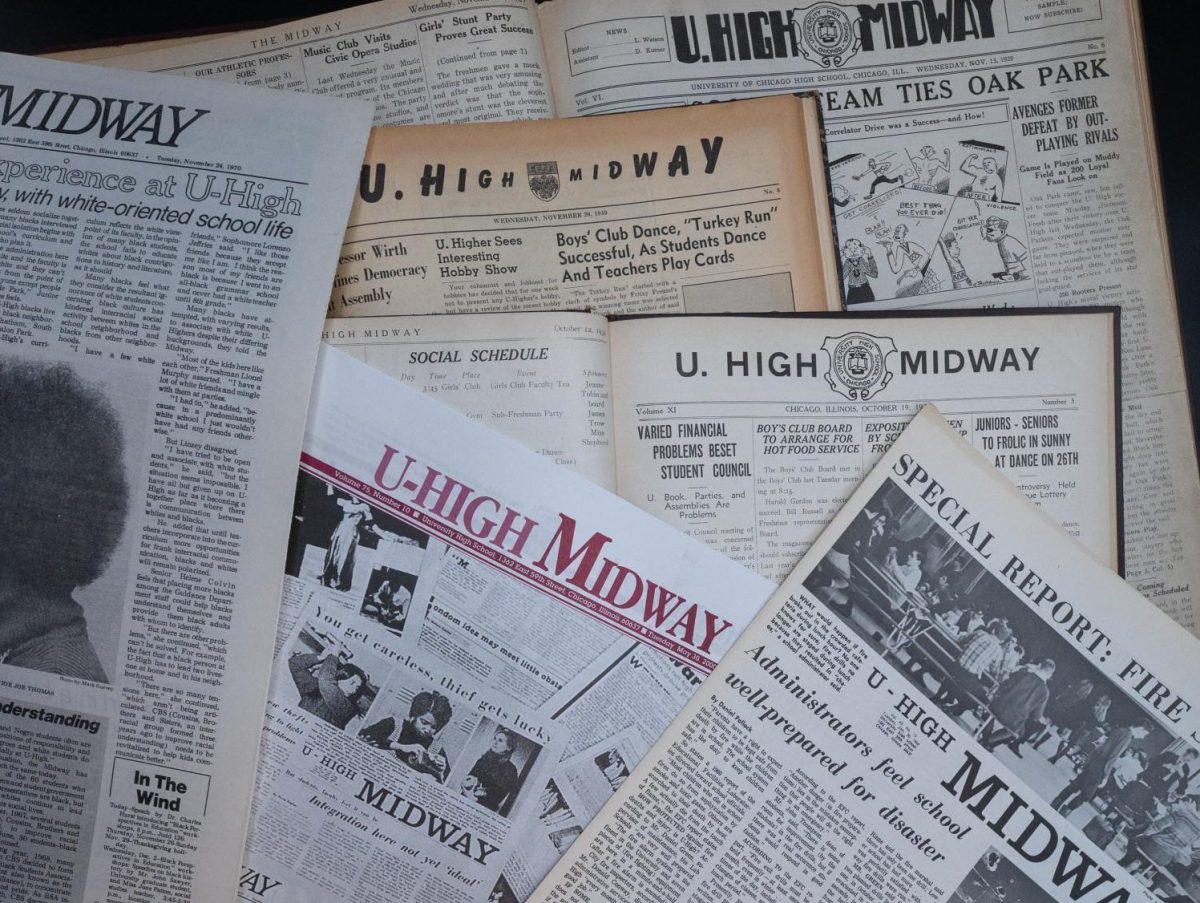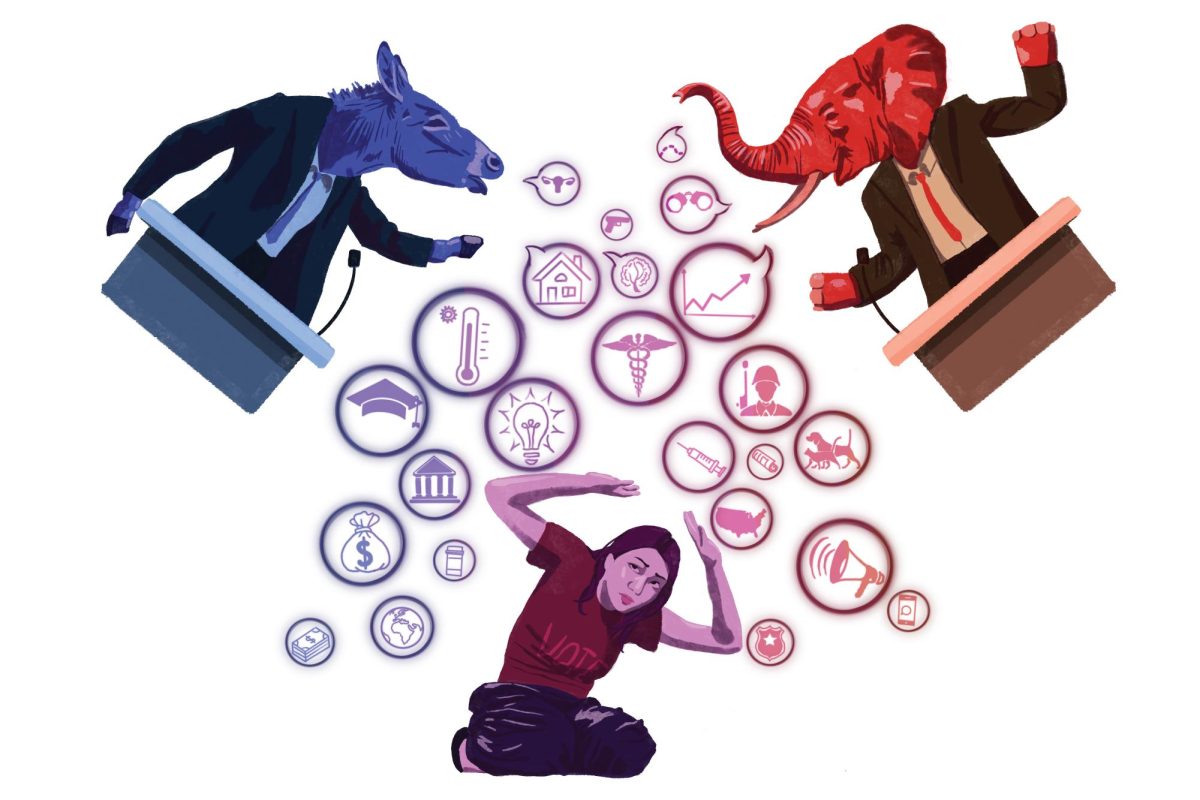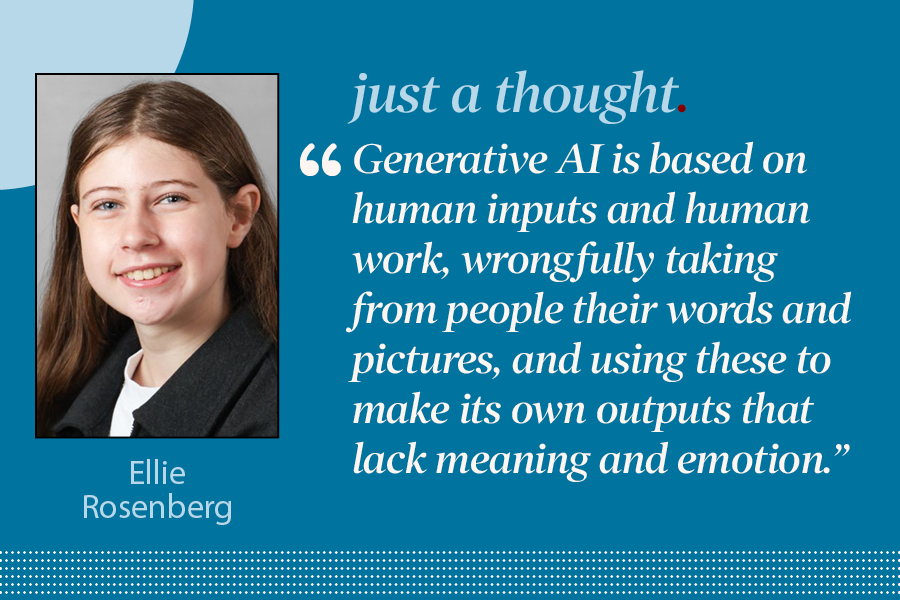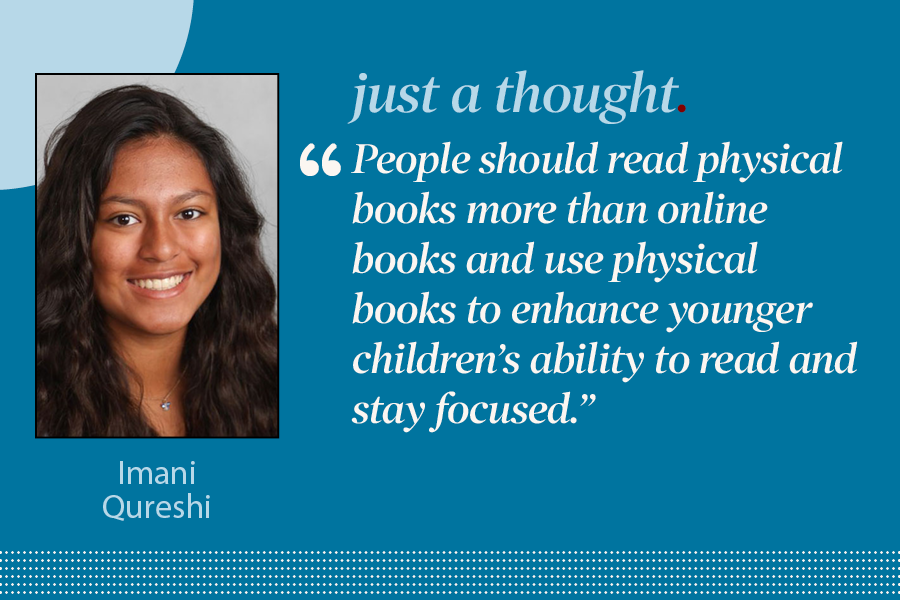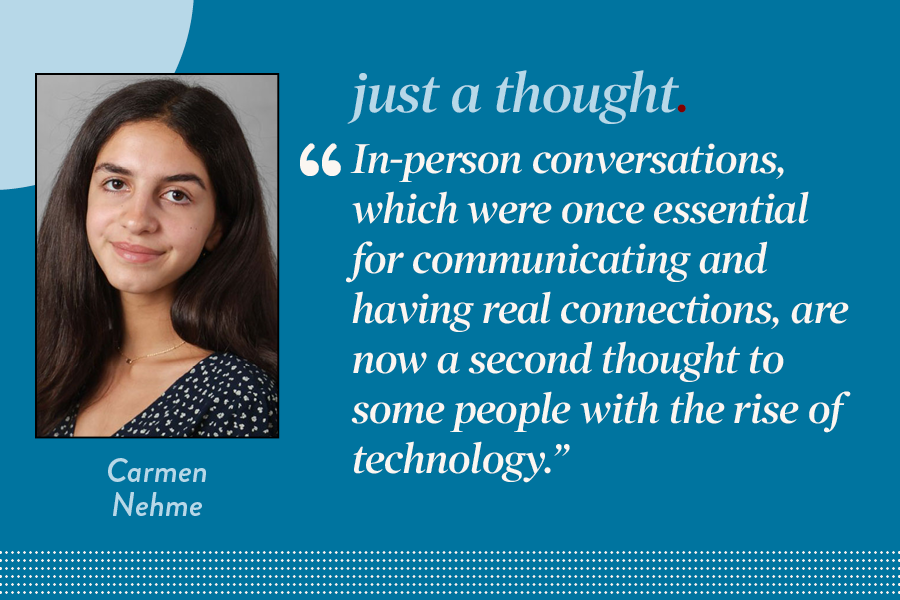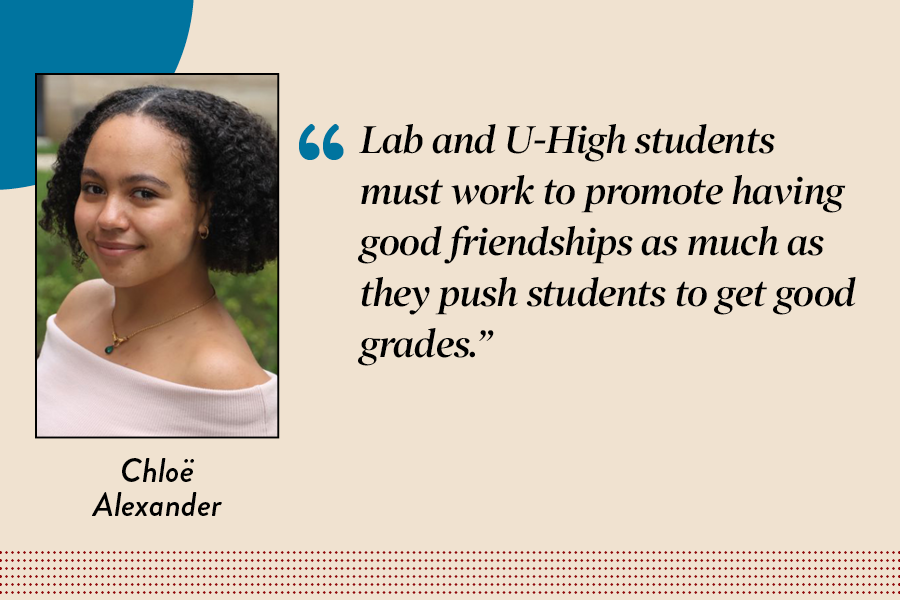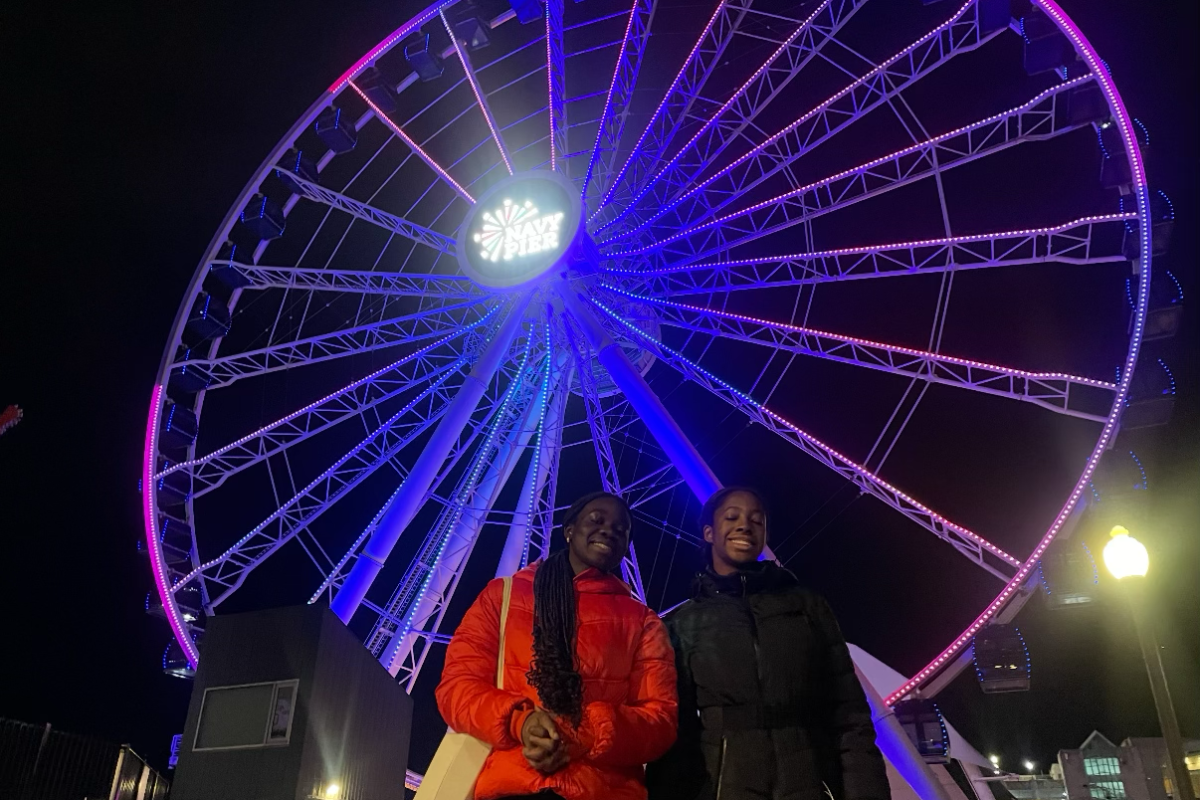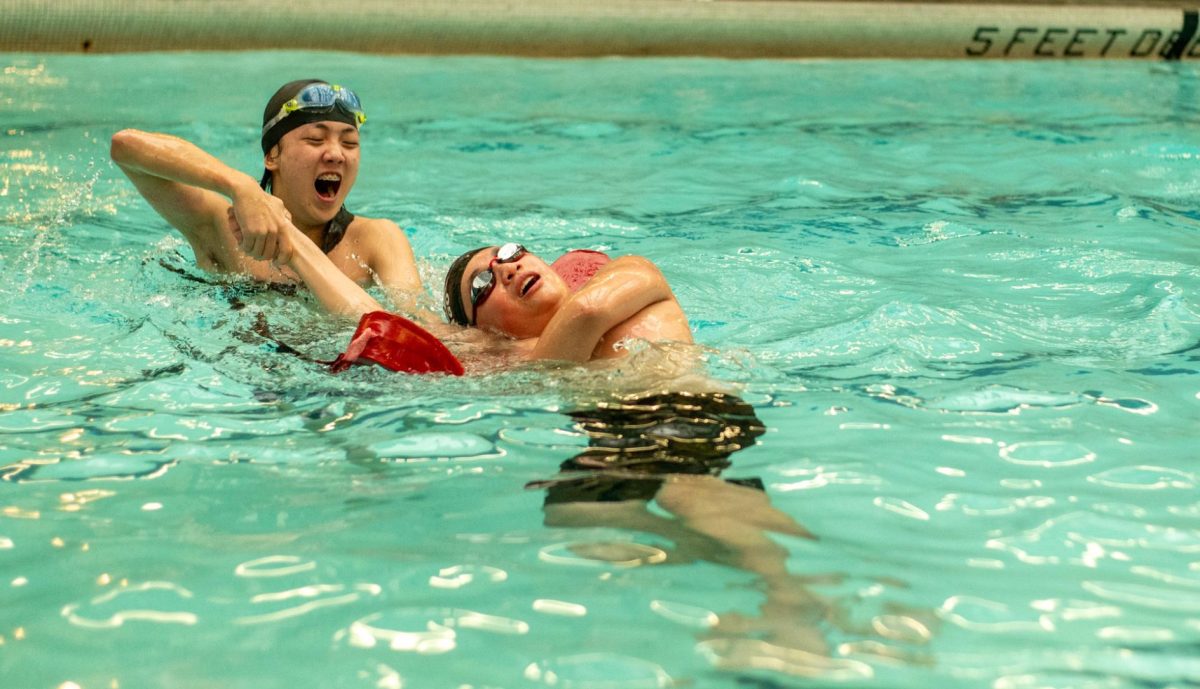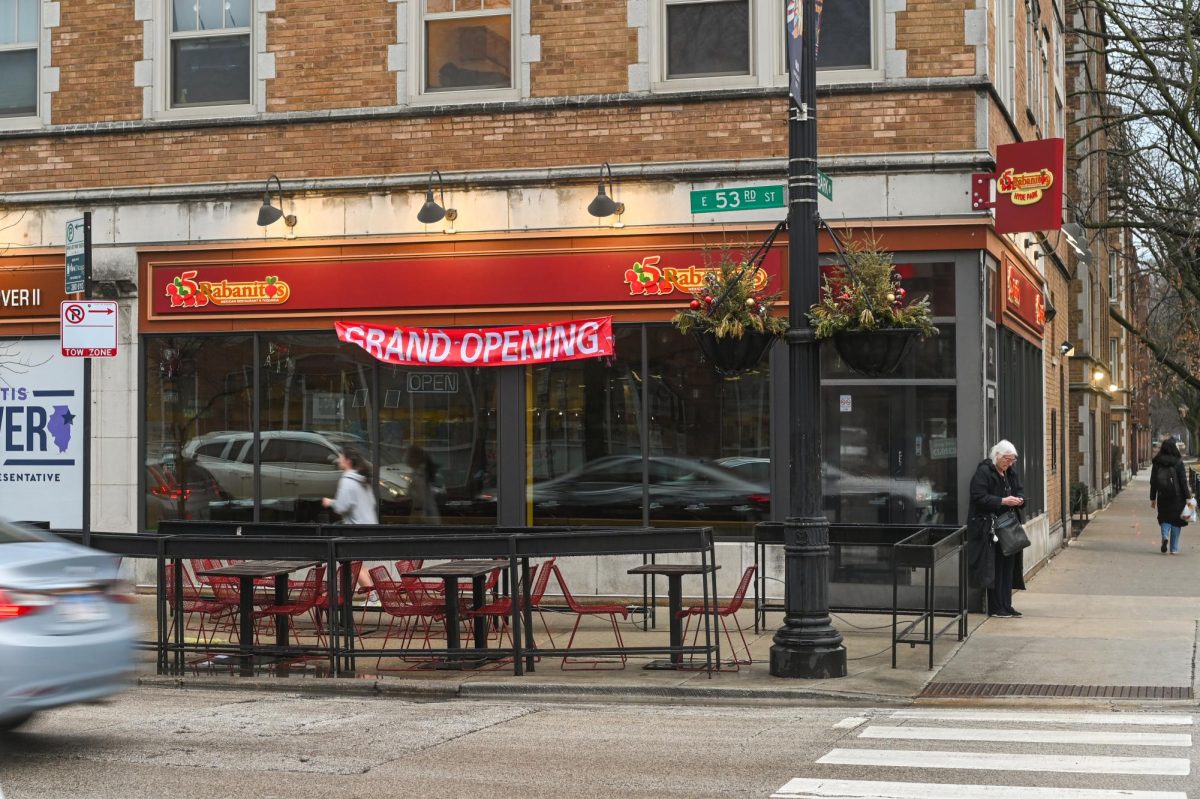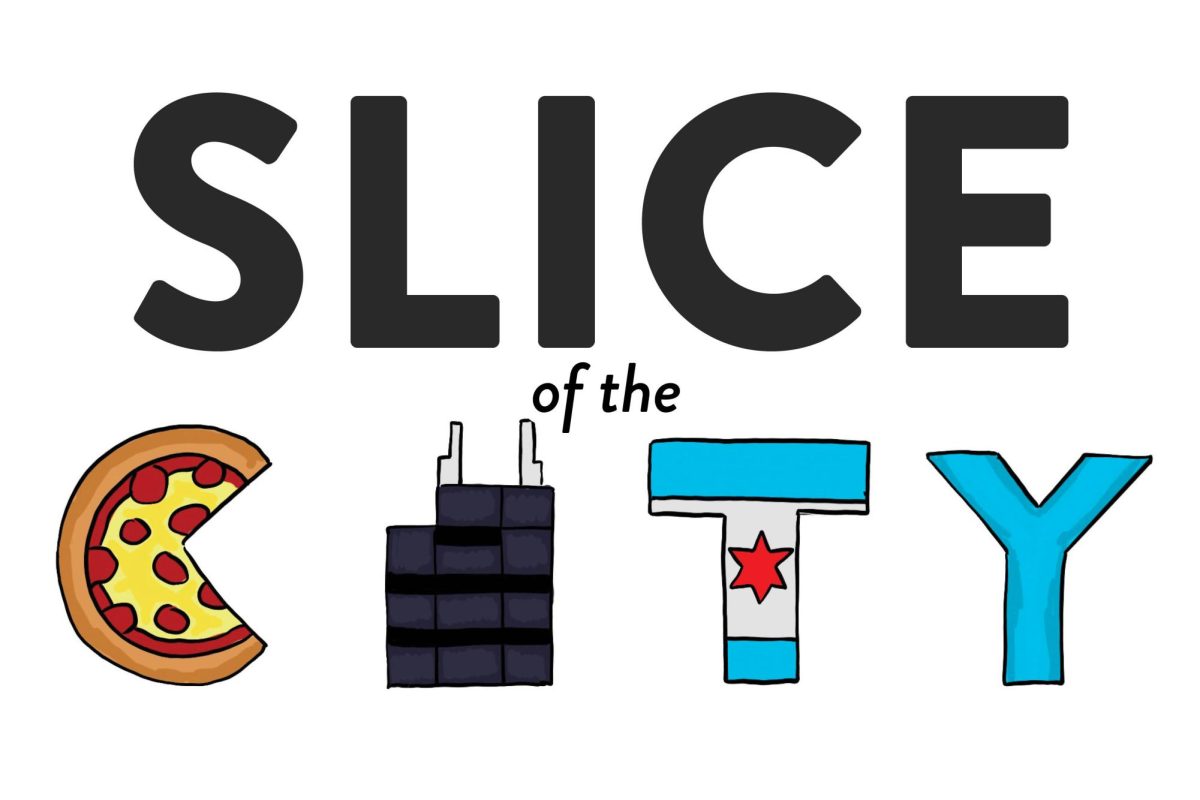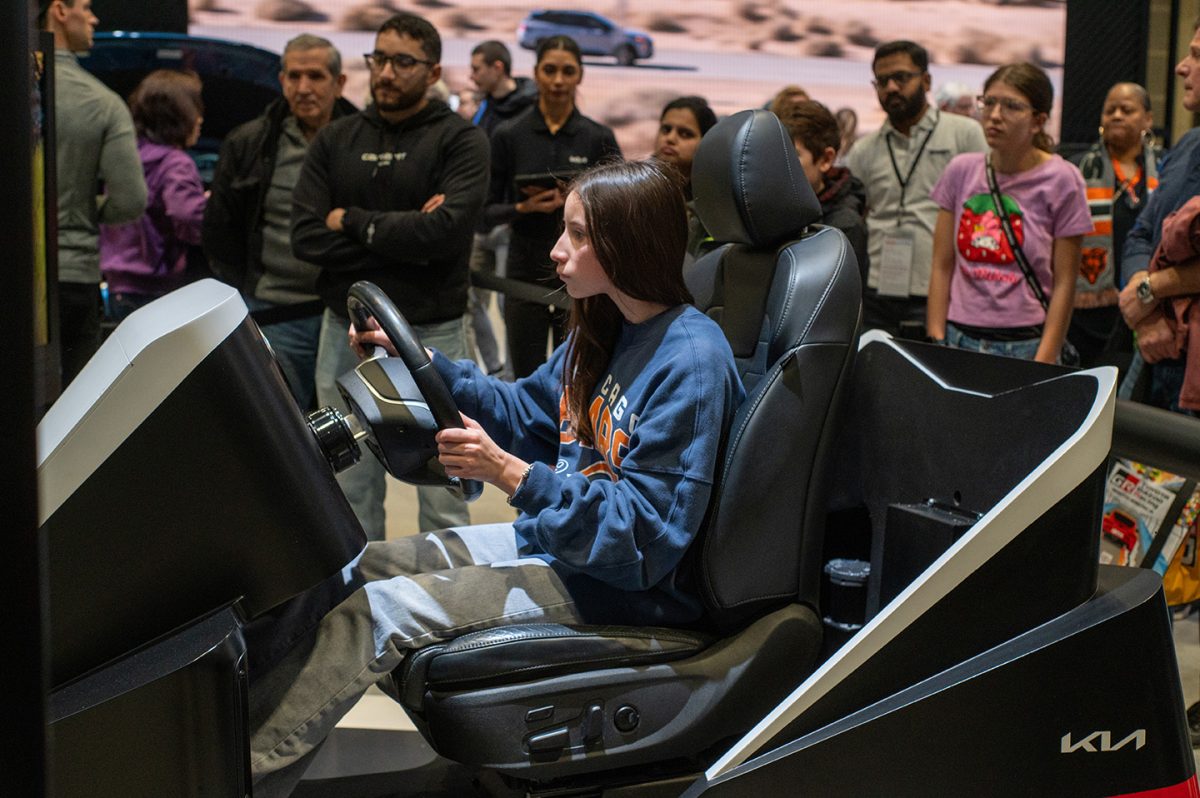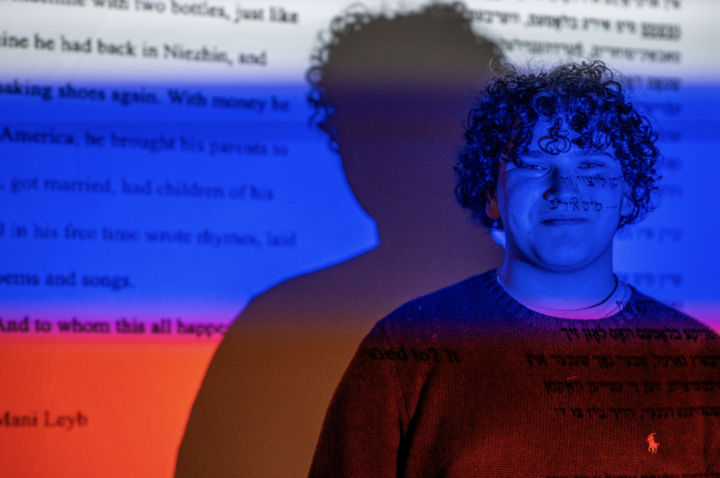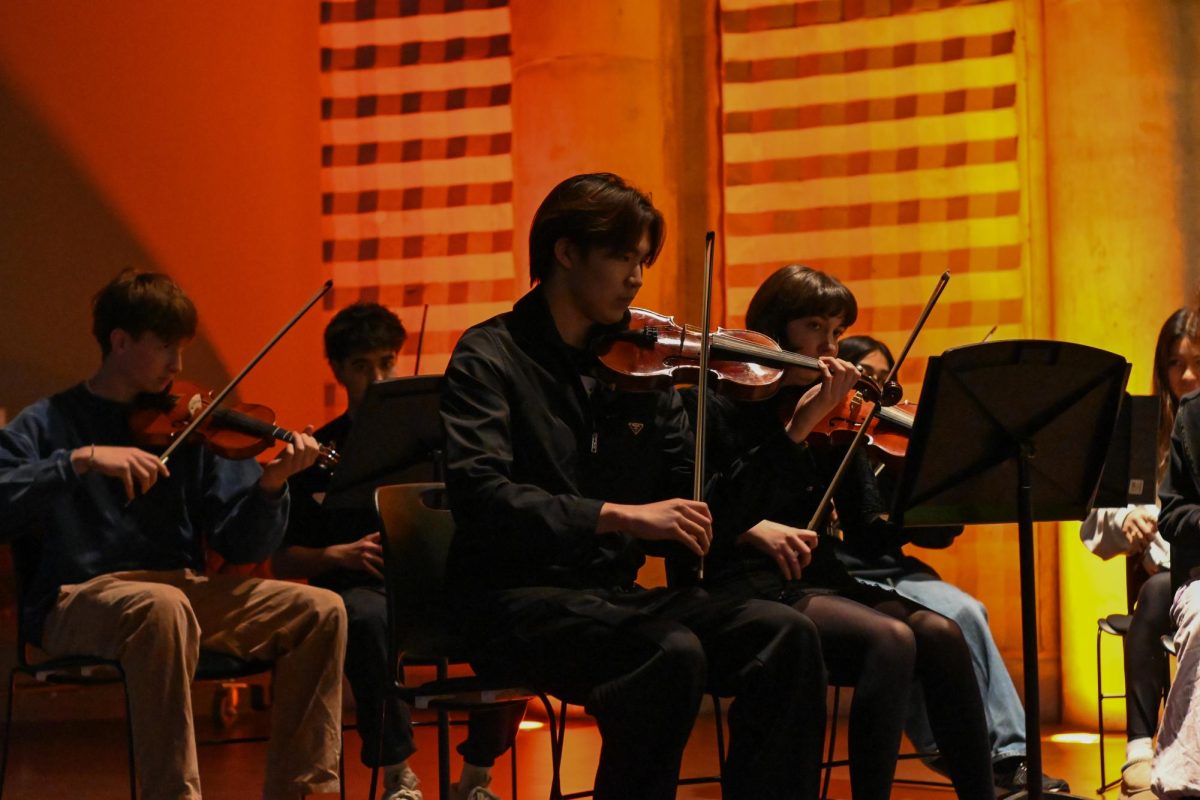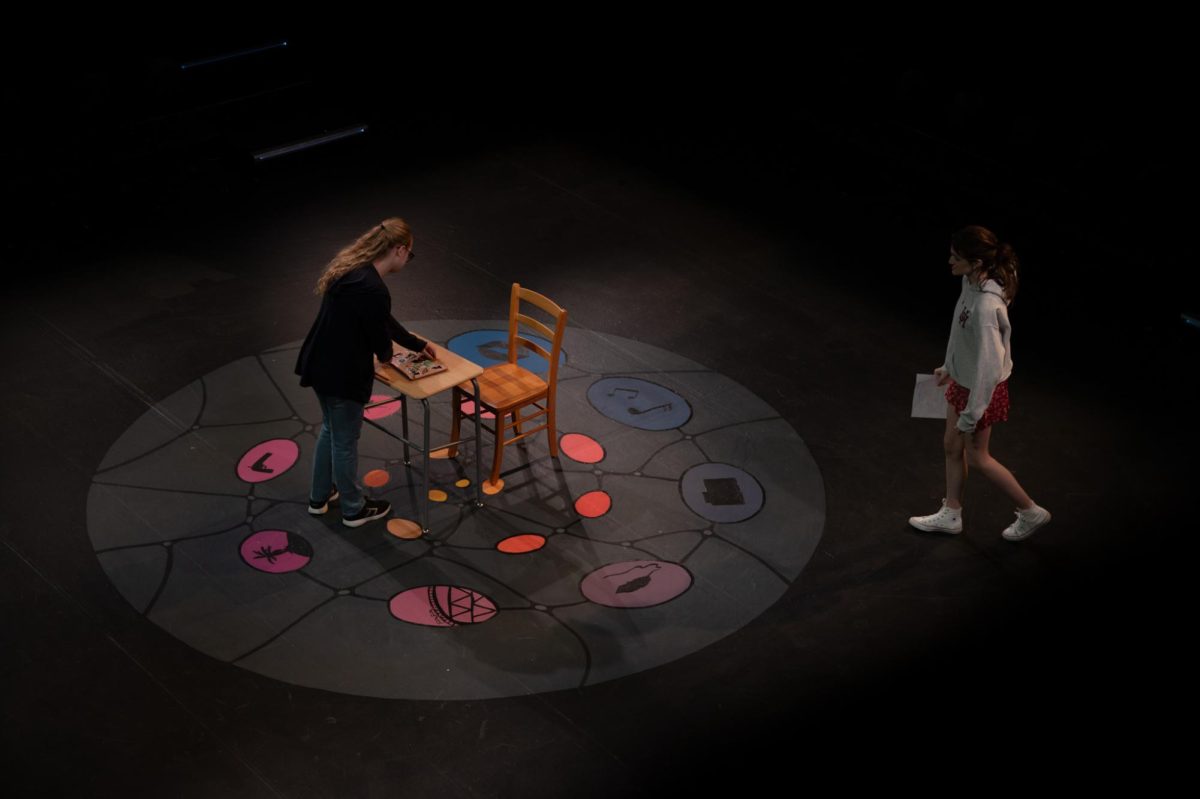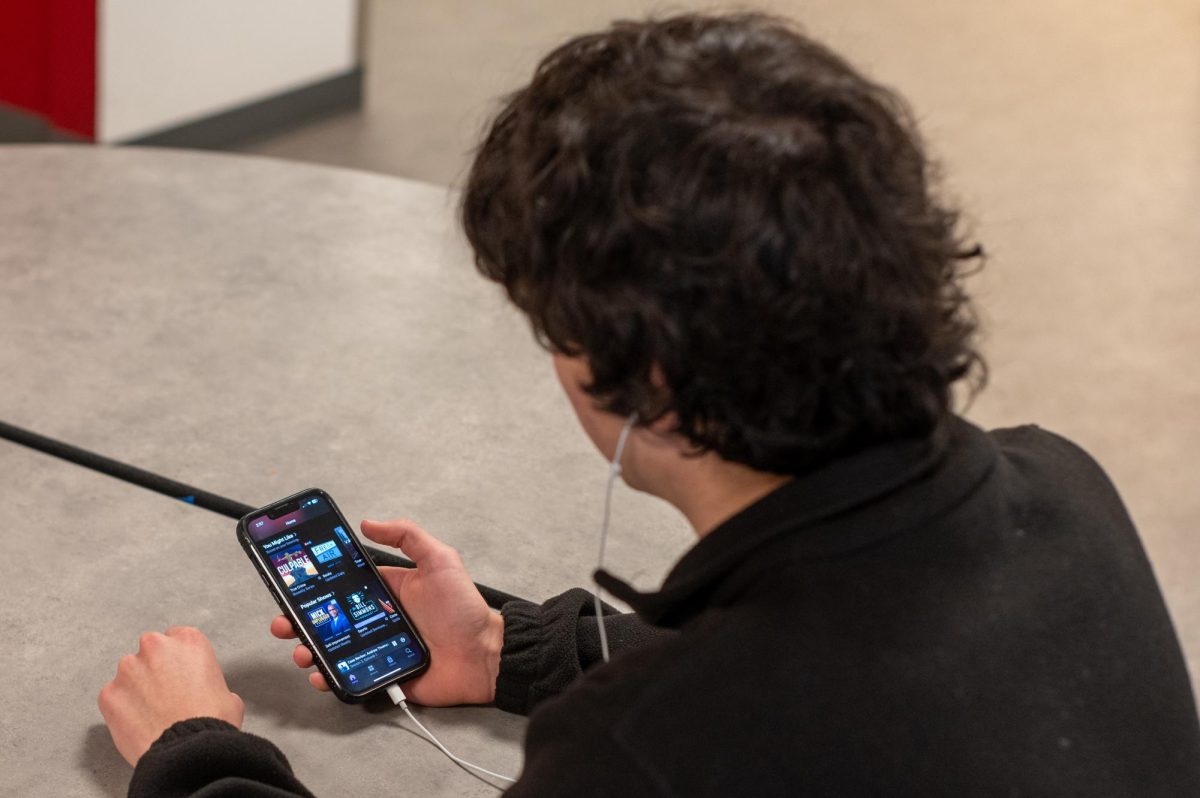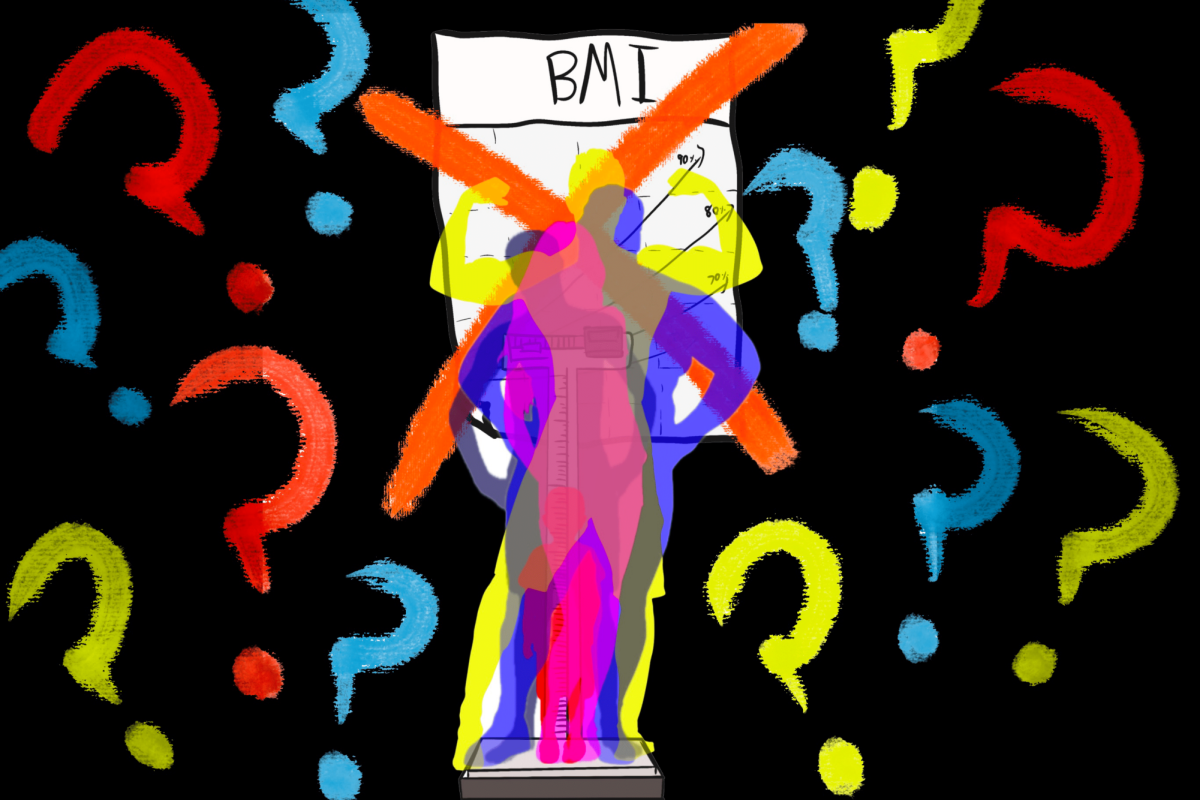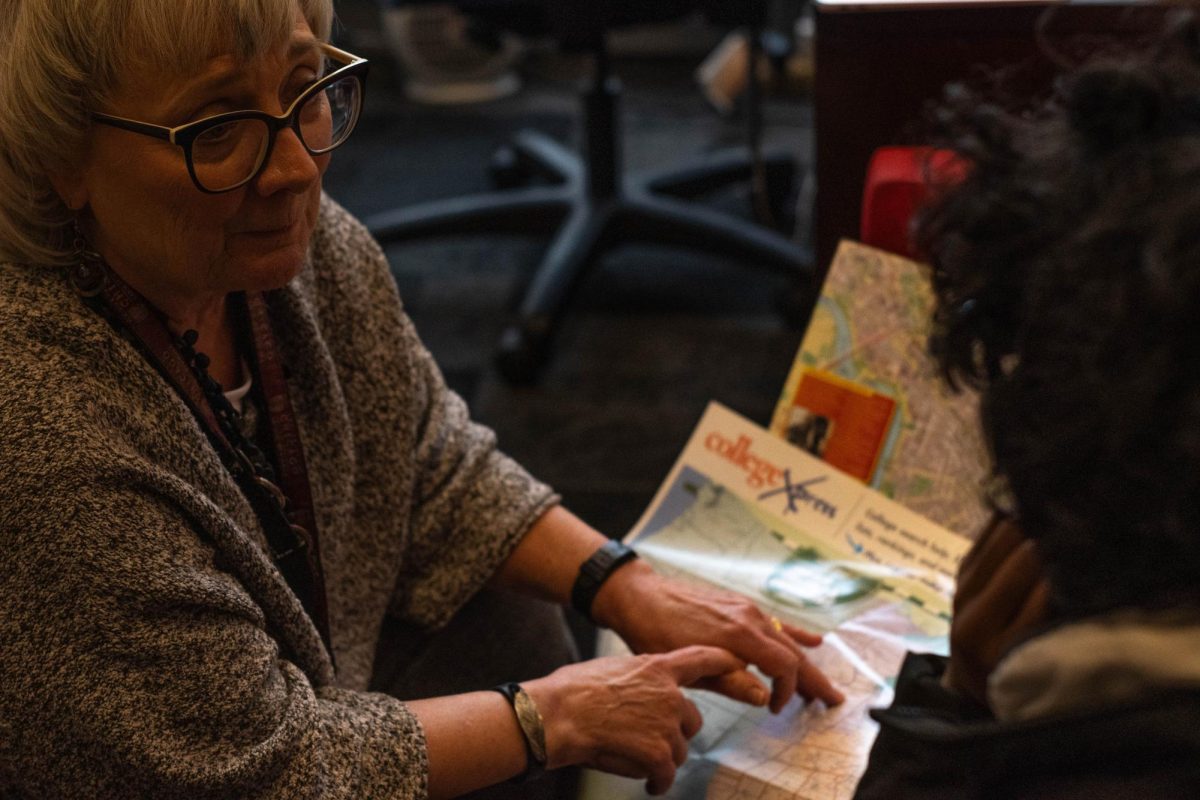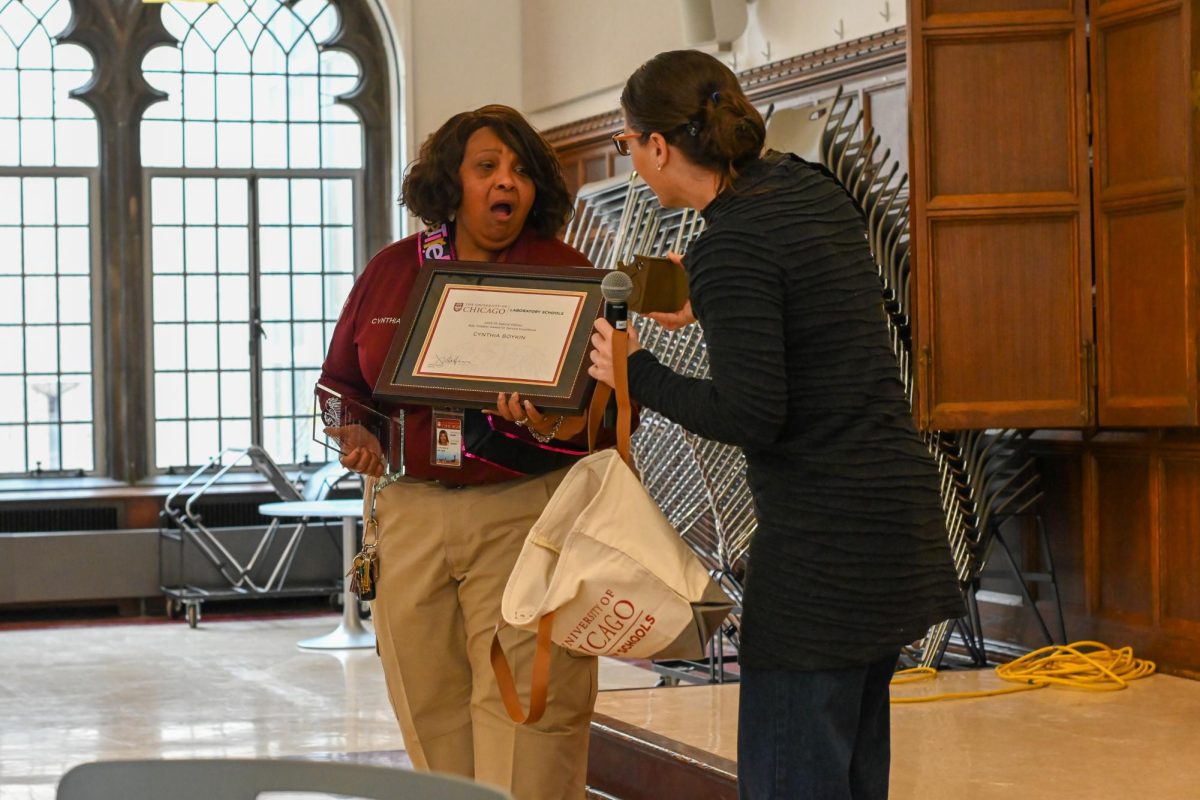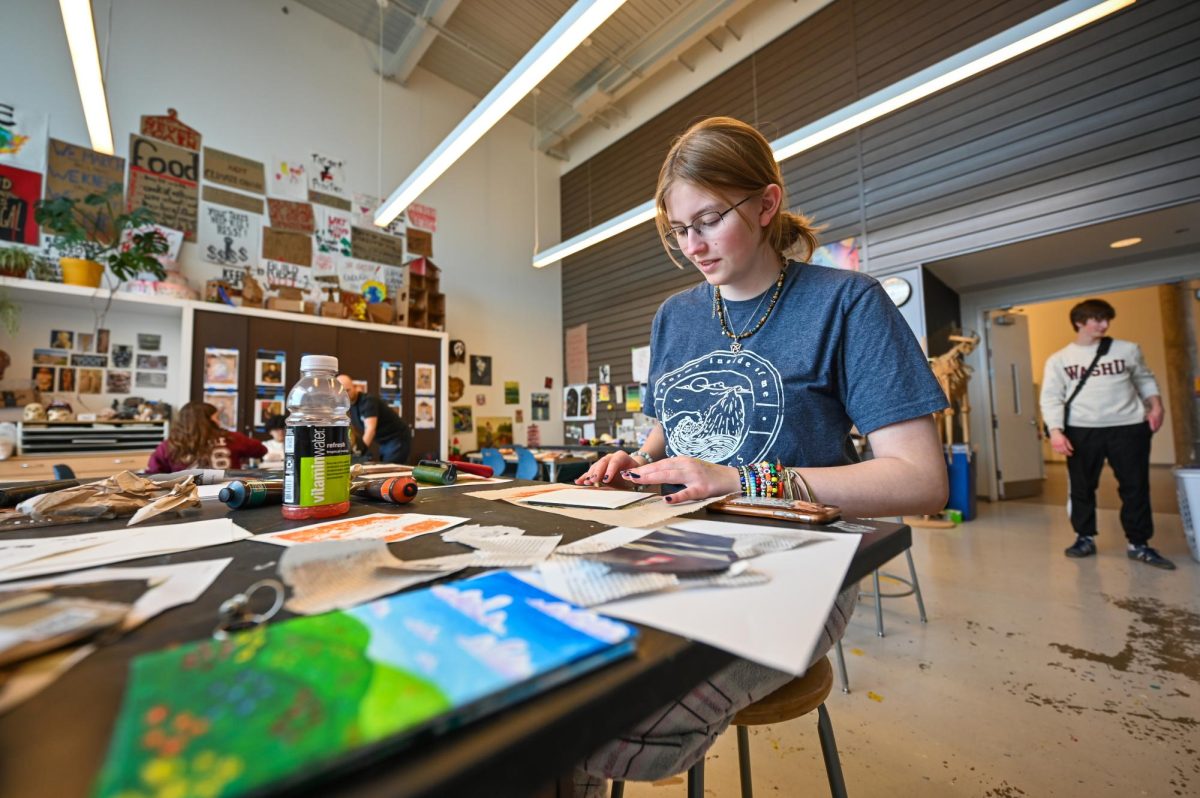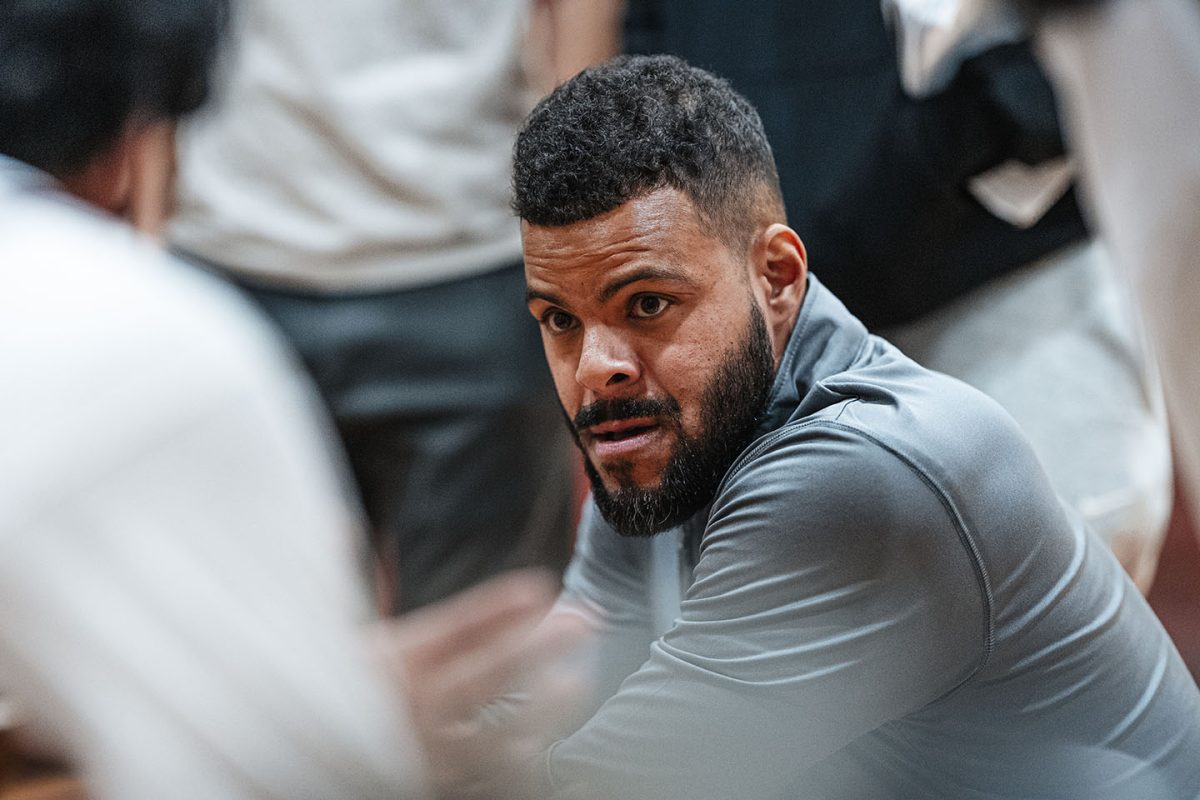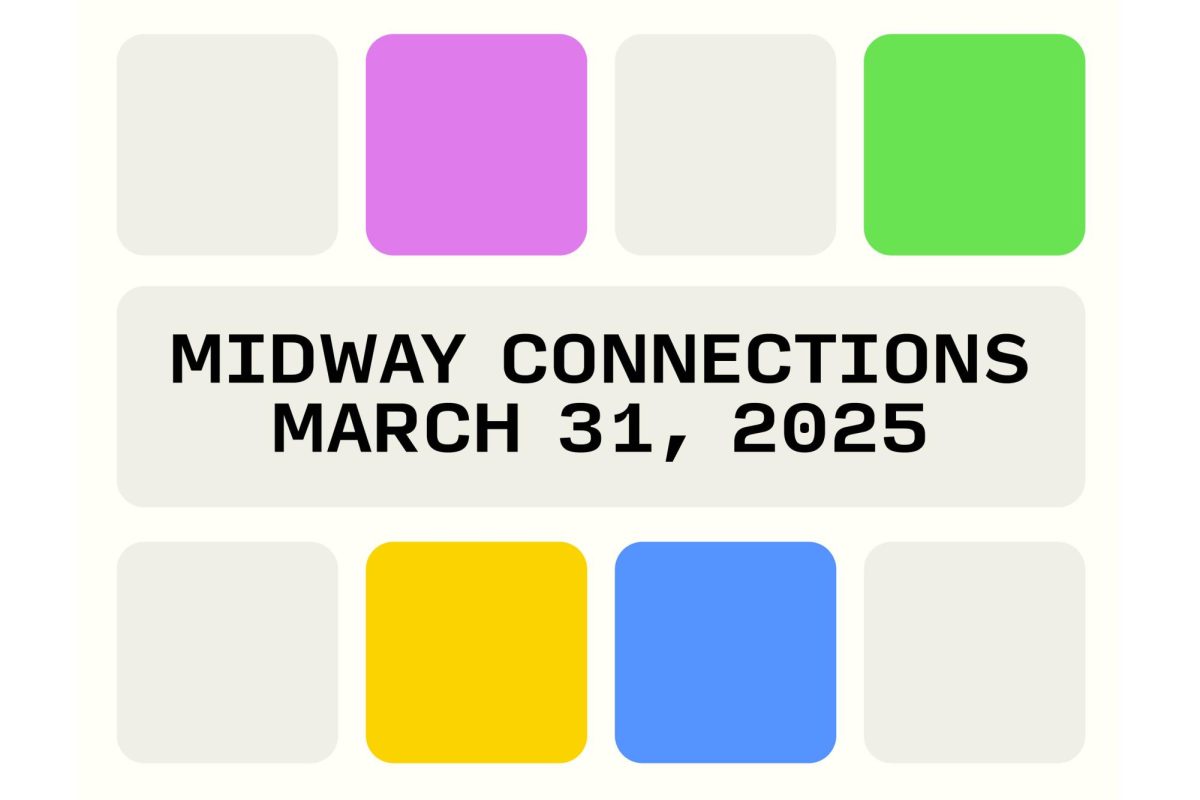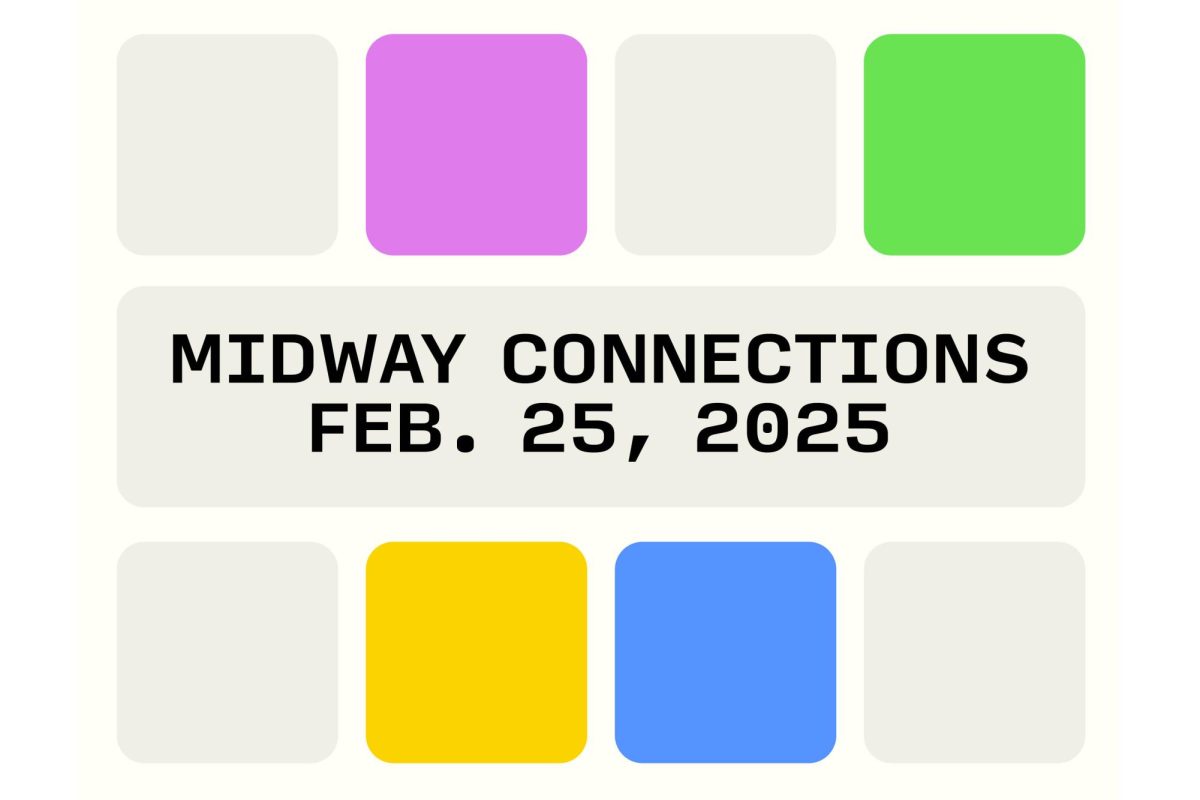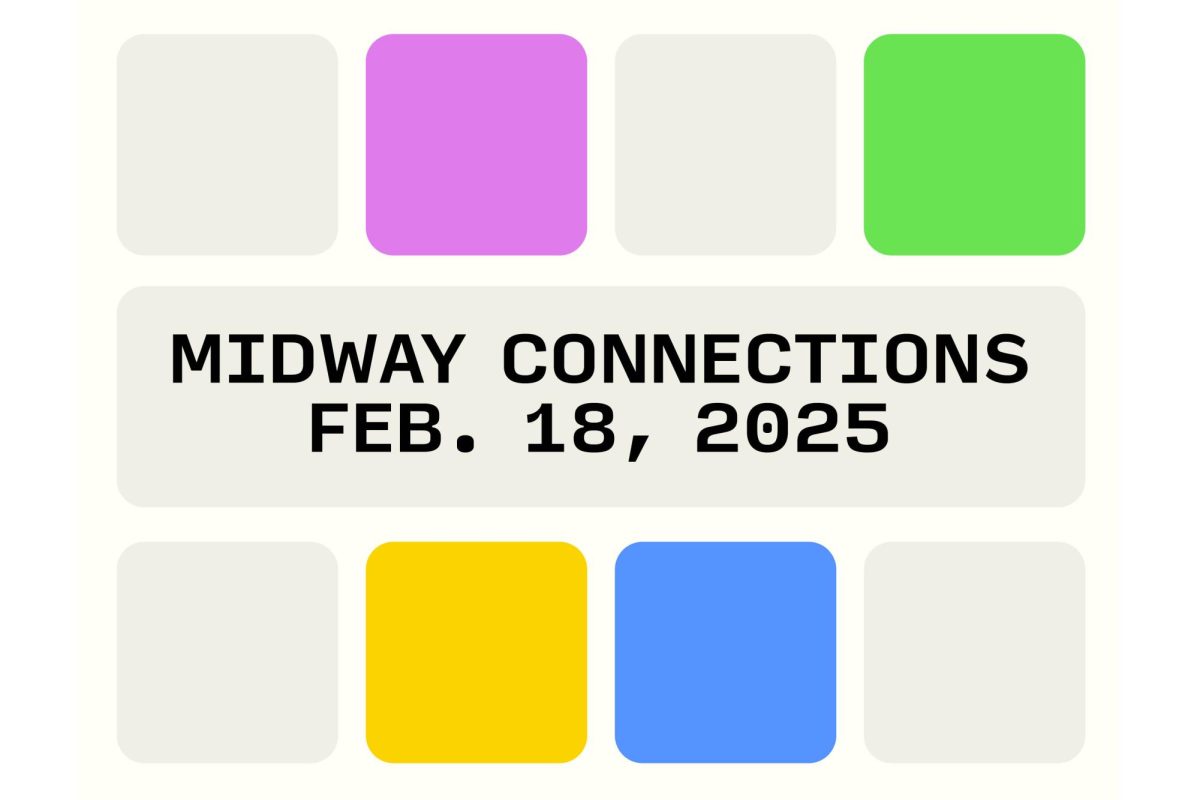Update, Jan. 15, 9 a.m.: After first published on Dec. 16, this story was temporarily removed. It has been updated with additional reporting based on a Jan. 14 interview with Galina Mardilovich, curator at the Smart Museum.
When thinking about the 1970s, most people might associate the decade with soaring inflation, political unrest or raging discos. But for artists on the University of Chicago campus, they remember the founding of the Smart Museum.
Since 1974, when the Smart Museum opened its doors to the public, it has been a pioneer in arts-based learning. Now, in 2024, the Museum celebrates its 50th anniversary through March 2025 with a new limited-time exhibit filled with rich history and beautiful pieces of art.
When I first walked in, it felt like more than a normal art museum. I was first greeted with an open courtyard, filled with picnic tables that glistened in the winter cold. I could imagine the meeting space that this would be in the summer.
Due to the cold, I hurriedly stepped into the museum, greeted by an environment filled with colors. When I think of museums, I find myself trapped in the cold, white walls, reflecting back to me with no emotion. But this museum felt as if it wasn’t just a room for art, but a room that offered an eternal warmth.
One of the main things this exhibit did well was vibrant colors. Whether it was a painting or a sculpture, the colors didn’t only look and feel good, but felt warm and inviting. Paintings such as Helen Frankenthaler’s “Focus on Mars” filled the walls with a beautiful message and a subtle story. Sculptures such as Richard Hunt’s “Eagle Column” from 1989 opened my eyes to colors I had never seen before.
The 50th anniversary pledged to showcase the change in art in the past 50 years, and that it did.
Galina Mardilovich, the exhibit’s curator, expressed her love for putting this exhibition together even if it may have been on a daunting timeline. She said this exhibition was about more than just showcasing art but showcasing the history of a museum and how its art shaped it to become what it is today.
“It’s really an exhibition that looks at the institutional history of the museum, which is really unusual. Most anniversary exhibitions would probably celebrate acquisition or key artwork, where this [exhibition] really looks at how some of those artworks were activated across time and in different ways,” Dr. Mardilovich said.
Dr. Mardilovich emphasized that the Smart Museum is for everyone. Anyone can walk into a gallery and enjoy viewing anything that piques their interest. The artwork is diverse and brings a lot of background together, allowing for everyone to relate to something.
“The exhibition shows the diversity of the collection, so my suggestion as a starting point would be to walk into any of the galleries and just follow what piques your interest and see where that takes you,” she said. “I think the hope of this exhibition is, in addition to telling the story of the Smart Museum of how it changed and continues to change, is also to show the different ways that the collection and the art objects that span geography and time have been engaged at in different ways, disciples and experiences, and my hope is that that will continue.”



